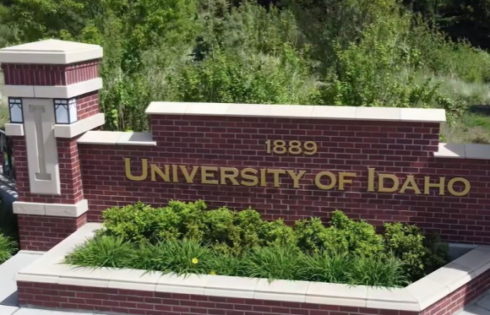In the video-gaming world, “leveling up” is the all-important increase in a player’s rank that psychologically keeps gamers doing better and wanting more – so some professors figure: Why not apply that concept to the classroom?
But instead of leveling-up, students can earn “badges” to show they’ve mastered an academic concept, icons they can not only earn over the course of a semester, but also post in social media outlets and even tally up and group together to indicate special skill sets on their resumes.
Badges are trending in the higher education arena, and whether they catch on remains to be seen, but a few professors piloting the concept claim it’s a positive paradigm shift.
They’re more specific than grades, the educators argue, adding the badges also create a carrot-stick approach to education that keeps kids engaged and interested.
“(Many sudents) were motivated by that badge, so they did the optional badges as well; not all, but some went to learn further,” Purdue University professor Bill Watson, who piloted the program this semester, told The College Fix.
“They add value to things that are hard to assess,” added Daniel Hickey, an associate professor at Purdue University who is trying them out, in an interview with The College Fix.
The educators said the badges alleviate many of the frustrations connected to higher education, and the pilot program launched this semester at Purdue shows promising results.
For example, Watson said, the badges offer a “comprehensive base look at assessment,” breaking down courses’ objectives and offering more flexibility.
“What steps does it takes to earn this badge,” he said. “What does that translate into as far as course activities and assignments? What are the students doing and mastering as they come out of that course?”
Watson used them in an online graduate level course, and said students could see exactly what they would have to do to get the badges in order to show their mastery. Students even had the option to make the badges, once earned, publicly available on social media platforms.
This, Watson said, put the power back in the students’ hands. Employers can now go in and look at the skills that the student and potential employee have to offer, he said.
“It helps the student prove themselves,” Watson said. “They only have a transcript to show what they have learned, but the employer can’t see how that translates. Now they’ll have a type of portfolio that the employer can see with his own eyes.”
Meanwhile, reaction to the pilot program is mixed, he said.
“Some are seeing it as a different grade box,” he said.
Watson emphasized it will be a long time and hard road before grades are out and badges are in.
“I am required to give letter grades and I have a finite amount of time,” he said. “Implementing this system is like trying to do it with one hand tied behind my back, I can’t give (the students) full flexibility. I can’t do that in the current structure.”
Hickey said the program is a work in progress, but he likes what he sees so far – especially when it comes to the interaction and dialogue it created on social media platforms.
“You see a whole other process that happens in your social network when you put those badges out there,” he said.
Fix contributor Judith Ayers is a student at York College of Pennsylvania.
IMAGE: Rocket Ship/Flickr
Click here to Like The College Fix on Facebook.




Please join the conversation about our stories on Facebook, Twitter, Instagram, Reddit, MeWe, Rumble, Gab, Minds and Gettr.